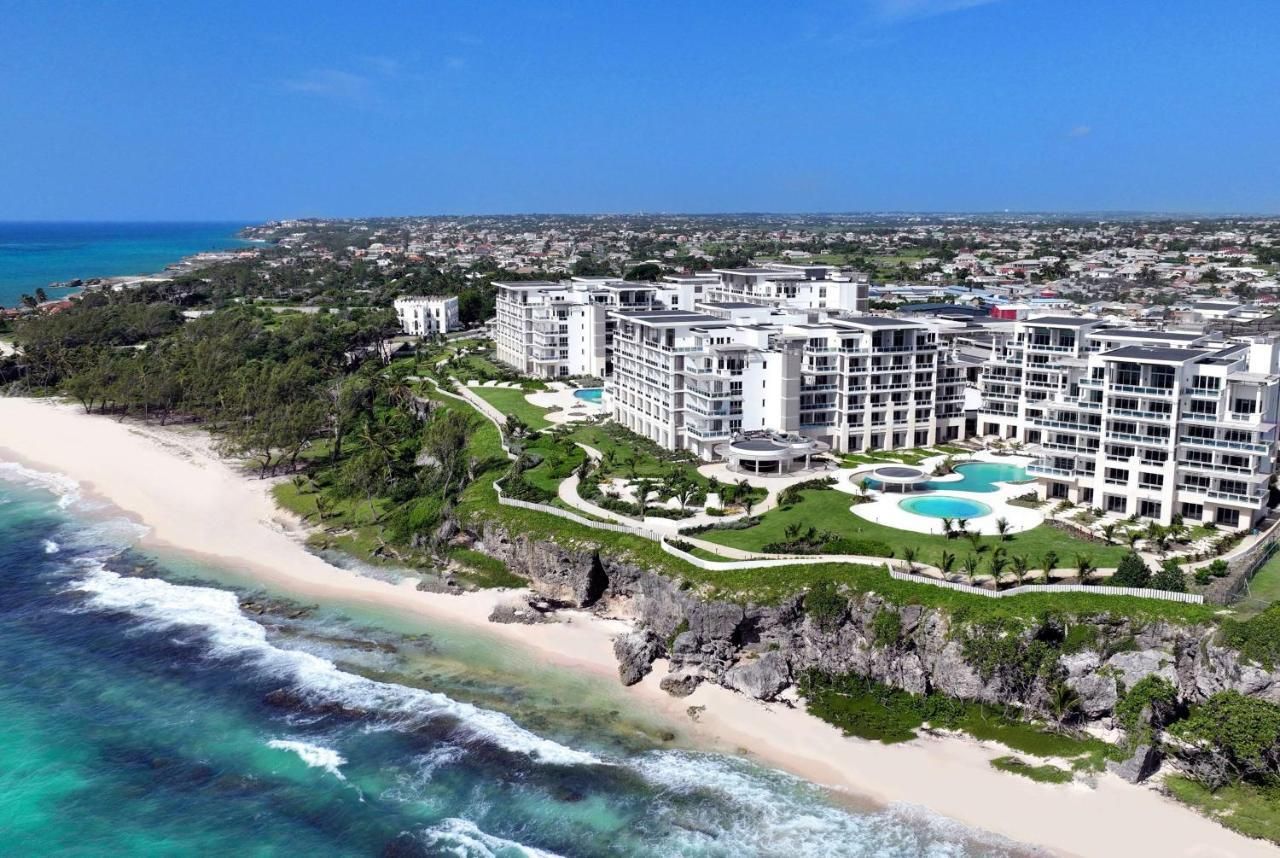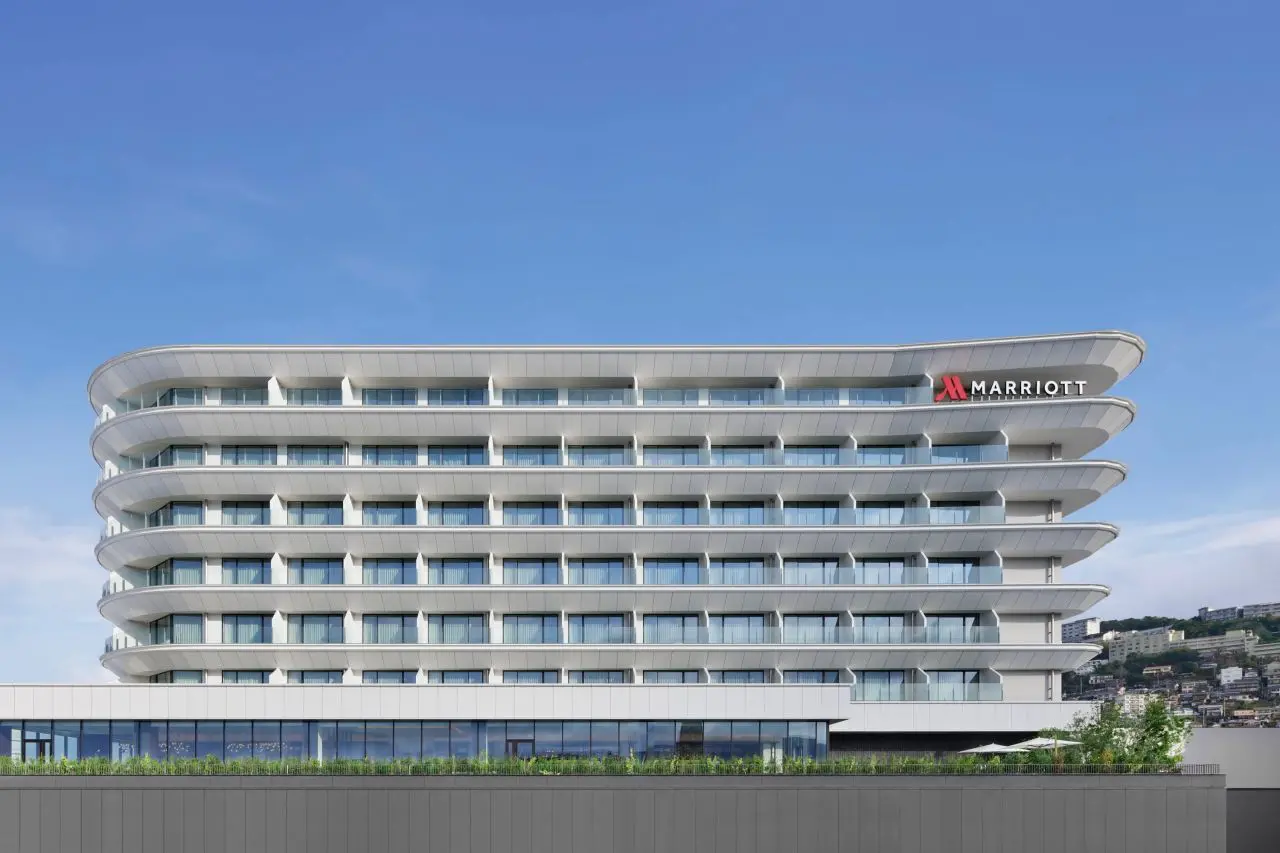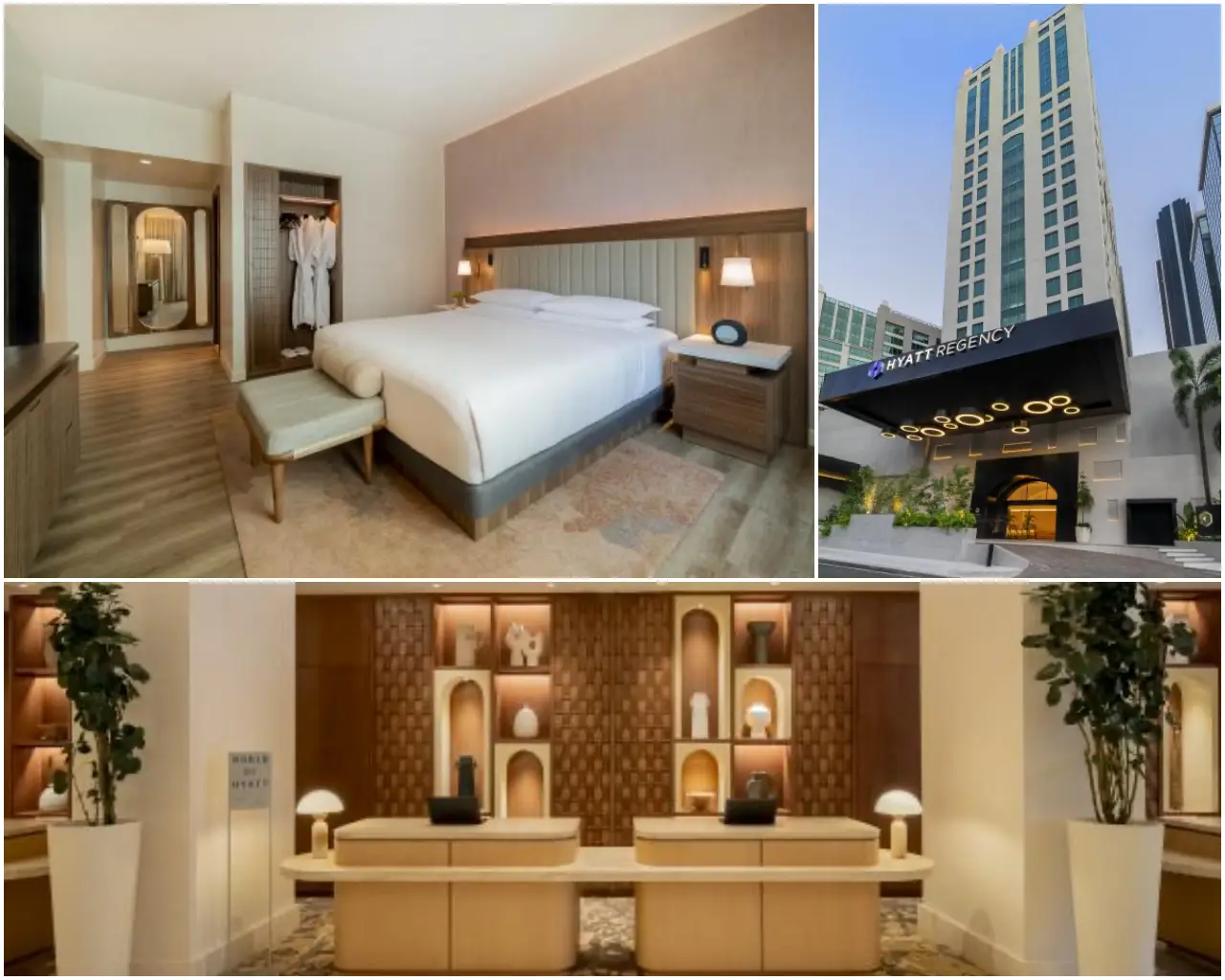In two short months, Oetker Collection will open the doors to Hotel La Palma in Capri. It is the first hotel designed by one of the world’s foremost interior designers, Francis Sultana.
As the 11th hotel to join the prestigious collection, the 50-key hotel in vibrant Capri Village will be a complete transformation and contemporary design interpretation of the oldest hotel on the island – formerly known as Locanda Pagano – that dates back to 1822.
Debuting this summer, the result will be the design visionary’s love letter to Capri – an island that was truly love at first sight for Sultana when he first visited in his early twenties – inspired by the island itself, the Amalfi coast, and the location’s heyday of 1950s ‘La Dolce Vita’.
Envisioned to revisit the glamour of the island’s golden era, Hotel La Palma is Oetker Collection’s first Masterpiece Hotel in Italy, joining a portfolio of iconic hotels including Hotel du Cap-Eden-Roc, Le Bristol Paris and Eden Rock – St Barths, amongst others.
Hotel La Palma’s original owner, notary Giuseppe Pagano, hosted travelers in his villa for the pleasure of long conversations, and his guests were often artists, poets, writers, architects, painters, and musicians, who expressed their gratitude by painting the walls, writing poems, singing, and playing in what was dubbed the ‘Artists’ Hotel.’ The property was even famed as a place where artists stayed and left artworks behind them in lieu of paying their bill. A collective of creatives began to gather from all over the world who were inspirited by the genius loci, charmed by the smooth, familiar atmosphere of this eccentric hotel…
“Capri is an island of romanticism and has a history of great aesthetes; the place is imbued with a sense of beauty and great inspiration for creativity, in all its forms. I felt an instant connection with the hotel and had a very clear vision of what visitors to the island would love. I wanted Hotel La Palma to become a home from home; somewhere people feel instantly relaxed, somewhere they will want to return to again and again. I travel a lot and so I have a very good idea of what one needs from a hotel, to be chic and sophisticated, and a place in which to be utterly at ease,” said Francis Sultana.
Known for his work with internationally renowned artists, paying homage to the hotel’s rich heritage, Sultana has transformed the arrival foyer at Hotel La Palma into an artistic statement rooted in the location’s history. He commissioned Italian artist, Roberto Ruspoli to create a series of stunning ceiling frescos that honour Italy’s classical past, that sets the tone for the rest of the hotel. Bespoke furniture and fabric designs, marble, antique mirroring, and bronze accents complete the look. Another Italian artist, Luisa Lambri – represented by Thomas Dane Gallery – was commissioned to create artworks for all the guestrooms and suites.
The lounge bar displays Sultana’s signature look, with bespoke upholstery on the rattan chairs and cushions, and rattan tables and large wall hung tapestries of Capri specially commissioned by Sultana from Allegra Hicks. The spa combines bespoke hessian finishes with marble, terrazzo, bronze, brass, and wood to create a serene and calming atmosphere. Craftspeople Sultana worked with for indoor and outdoor furniture including Bonacina and JANUS et Cie.
Sultana ensured each of the 50 rooms and suites has been designed to be an inviting home away from home. Exquisite craftsmanship, luxurious materials and utmost attention to detail create rooms that are tranquil, tactile, and ultimately, welcoming. Perpetuating the neutral colour palette, Sultana allows the materials to speak for themselves.
All rooms lead into marble and bronze-lined bathrooms in a style that has become synonymous with the Francis Sultana aesthetic. Decorative attention to detail has been paid to everything right down to custom bathroom fittings by Stella, founded in 1882 and regarded as the top producer of Italian faucets. Every element has been designed to breathe a new identity into the historic hotel, which is all about quality and attention to detail, with bespoke furniture, lighting, and carpets all designed by Sultana. Rome-based Francesco Delogu of Delogu Architects oversaw architecture on the property.
How to Get to Capri
Capri can be accessed by air or by sea. The closest airport is Naples International Airport, located approximately 10 km from the city’s port. There is also a heliport in Anacapri and other airports include Ravello (20 minutes) and Rome (70 minutes). In addition, the island can be reached by ferry or hydrofoil in 25 minutes from Sorrento or Positano, in 50 minutes from Naples, and in one hour from Amalfi. See hotels at Capri Island and book today!













